Google Search Console, often abbreviated as GSC, is a great free tool that site owners can use to get tonnes of useful information from about their site’s current SEO performance and indicators on what needs to be fixed. Keep reading to find out more about Google Search Console, what it is, how to set it up and how to use it to make the most of the information it provides.
What is Google Search Console?
Google Search Console is a powerful web service provided by Google that offers website owners and webmasters valuable insights and tools to monitor, manage, and optimize their website’s performance in Google’s organic search results. It serves as a central hub for site owners to submit their sitemaps, analyse search traffic, identify and fix website issues, and receive notifications regarding the indexing status of their web pages. Google Search Console provides a wealth of data, including search query performance, click-through rates, and information about the mobile-friendliness and usability of a website. This essential tool helps website owners improve their site’s visibility in Google’s search engine, ultimately enhancing their online presence and user experience.
How to set up Google Search Console
Setting up Google Search Console is a vital step in improving a website’s organic visibility and performance, by allowing site owners to gain insights into their site’s performance on Google’s search engine.
Below, we run through the steps on how to set up Google Search Console from scratch.
1. Sign in to Search Console:
Begin by visiting the Google Search Console website (https://search.google.com/search-console/) and sign in using your Google account credentials. If you don’t have a Google account, you’ll need to create one.
2. Add a Property:
After signing in, click on the “Add Property” button on the Search Console dashboard. You have two options for adding a property:
- Domain: If you want to monitor an entire domain (e.g., example.com), choose the “Domain” option. This method requires you to verify domain ownership through DNS records.
- URL Prefix: If you prefer to monitor a specific URL or subdirectory (e.g., example.com/blog), select the “URL Prefix” option. Verification can be done through HTML file upload, HTML tag, or Google Analytics.
3. Verify Ownership:
Depending on the way you’ve added your property as outlined above, you will need to verify ownership of the domain through one of the following methods:
- DNS records: Google will provide you with a DNS TXT record that you need to add to your domain’s DNS settings. This record will look something like “google-site-verification=your-verification-code.” You will need to copy this record.
You can then Log in to your domain registrar or hosting provider’s control panel, where you manage DNS settings for your domain and add the DNS TXT record previously copied to your DNS settings.
Back in Google Search Console, click “verify” to confirm your DNS settings. Google will then check if your DNS TXT record is correctly configured.
- HTML file upload: Google will provide you with an HTML file for verification which you’ll need to download to your computer. You then need to upload this HTML file to your website’s root directory by using an FTP client or by accessing your hosting provider’s file manager.
Once the HTML file is uploaded to your website’s root directory, go back to Google Search Console and click “Verify.” Google will check if the HTML file exists in the correct location on your domain. If it finds the file, your domain ownership will be verified successfully.
- HTML tag: Google will provide you with an HTML tag for verification. It will look something like <meta name=”google-site-verification” content=”your-verification-code” />.
You will need to copy this tag, log into your website’s content management system and paste this into the <head> section of your site’s homepage or other appropriate page specified by Google. The <head> section can be found within the <head></head> tags in the HMTL code.
- Google Analytics: To verify via Google Analytics, you must be logged into Search Console with the same Google Account used to manage Google Analytics.
Once you click to verify via Google Analytics in Search Console, you will need to select the web data stream for your site and click Verify.
If verification is successful, you should see a message that says “Your domain has been verified.” If verification fails, check for common errors, such as making sure that the Google Analytics tag is installed correctly on your website.
4. Add Other Users at Owner or User Level:
To collaborate with team members or grant access to other users, navigate to the “Settings” in the property you added. Under the “Users and Permissions” section, click on “Add user” and enter their email address. You can assign them either “Owner” or “User” level access, depending on the level of control and permissions they need.
5. Submit Sitemap to Google:
To help Google understand your website’s structure and content, it’s important to submit a sitemap. In the Search Console dashboard for your property, go to the “Sitemaps” section and click on “Add a new sitemap.” Enter the URL of your sitemap XML file (e.g., /sitemap.xml) and click “Submit.”
6. Start Monitoring Your Data:
Once your property is set up and verified, Google Search Console will begin collecting data about your website’s performance. You can explore various reports and tools within Search Console to gain insights into search traffic, indexing status, mobile usability, and more. Regularly monitor these metrics to make informed decisions and optimize your website’s presence in Google search results.
How to connect Search Console to Google Analytics
Connecting Google Search Console to your Google Analytics can help to unlock even more insights and help to view all your data in one place. These tools can be connected in a couple of different ways which we provide insights on in our other blog: how to connect Google Search Console to GA4.
If you need help with setting up your Google Search Console, feel free to get in touch with the ASK BOSCO® team and we’ll be more than happy to help you.




